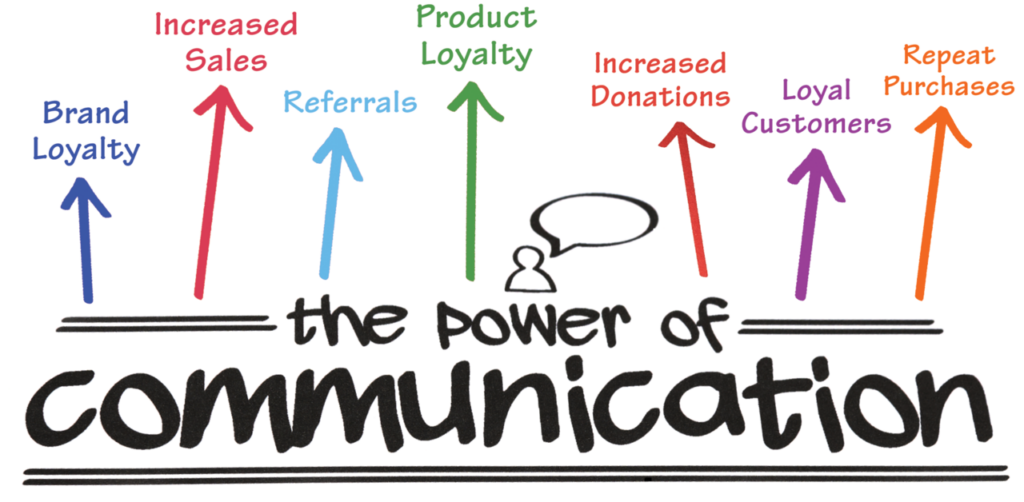
Sales, Marketing, & Communication

With the Indian digital marketing market projected to grow at a staggering Compound Annual Growth Rate (CAGR) of 30.2% in the coming years, it is evident that the role of sales and marketing has never been more critical for businesses. Sales and marketing drive customer acquisition, lead generation, and branding in Business-to-Business (B2B) and Business-to-Consumer (B2C) contexts. In this blog, we will explore the dynamic relationship between sales and marketing and uncover the strategies that businesses can employ to maximize their impact. From understanding the importance of branding and advertising to fostering effective communication between sales and marketing teams, we will delve into the key aspects contributing to business success. Discover the power of sales and marketing and equip your business with the tools to thrive in today’s competitive landscape.
What is the Main Difference Between Sales and Marketing?
Sales and marketing are two distinct yet interconnected functions within a business. The main difference lies in their primary objectives and methods. While sales focuses on closing deals and generating revenue, marketing encompasses a broader set of activities to create awareness, generate leads, and build customer relationships.
Firstly, sales involve direct interaction with potential customers, actively persuading them to purchase a product or service. To close deals, sales teams utilize cold calling, product demonstrations, and negotiation techniques. In contrast, marketing employs various strategies to attract and engage a larger audience. This includes marketing research, branding, advertising, content creation, and marketing campaigns to promote products or services.
Secondly, sales focuses on the immediate conversion of leads into sales to meet revenue targets. On the other hand, marketing takes a more long-term approach, aiming to create brand recognition, nurture customer relationships, and ultimately drive sales over time.
Furthermore, sales teams are primarily concerned with individual transactions, while marketing takes a holistic view, considering the overall market and target audience. Moreover, marketing aims to understand customer needs and preferences, create value propositions, and develop compelling messaging to differentiate a product or service in the marketplace. Sales then leverage these marketing efforts to close deals and convert leads into customers.
How do the Roles of Sales and Marketing Differ in Business?
Sales and marketing have distinct roles in business. Sales is about closing deals and generating revenue through direct interaction with customers. Conversely, marketing takes a broader approach, creating awareness, building relationships, and driving long-term sales growth. Marketing conducts market research, branding, and advertising to attract and engage a larger audience. On the other hand, sales utilize techniques such as cold calling and product demonstrations to convert leads into customers. Both, however, are extremely important for business growth. Sales and marketing work together, with marketing setting the stage for sales success by creating value propositions and effective messaging to differentiate products or services in the marketplace.
Communication Mix of Services
To successfully market a service, organizations must have a fully integrated communications program. Communications within the marketing context involves informing, persuading, and influencing consumer behavior. An integrated communications program is the coordinated use of the various communication mediums to accomplish a central objective. Communications include the promotional options of advertising, sales promotions, and personal selling. In additions, communications in the service sector include the firm‟s servicescape.
The Role of Marketing Communications
Communication is the most visible or audible-some would say intrusive-of marketing activities, but it value is limited unless it is used intelligently in conjunction with other marketing efforts. Marketing communications, in one form of another, are essential to a company‟s success. Communications must be viewed more broadly than as must media advertising, public relations, and professional salespeople. There are many other ways for a service business to communicate with current and prospective customers. The location and atmosphere of a service delivery facility, corporate design features such as the consistent use of colors and graphic elements, the appearance and behavior of employees, the design of a website-all contribute to an impression in the customer‟s mind that reinforces or contradicts the specific content of formal communication messages